Residential EV Chargers
Commercial EV Chargers
DC Chargers
Residential EV Chargers
Commercial EV Chargers
DC Chargers



Static load management involves a pre-programmed power limit applied to all chargers in the system. This ensures the load is evenly distributed as chargers are used. The load limit will then be distributed evenly among the chargers in use.
This system is inbuilt into the charger, this can be controlled through pre-programming on the Ocular charger or moderated by an OCPP software.
Active load management is our comprehensive form of load management. This load management process also operates under a power load limit however, consumption is based on the real-time usage of the site. As a building uses more or less energy and the available power for the chargers’ changes, the load management system will actively adapt to accommodate to the building capacity. When site power consumption is high, there will be a reduction in power available to the chargers and vice versa.
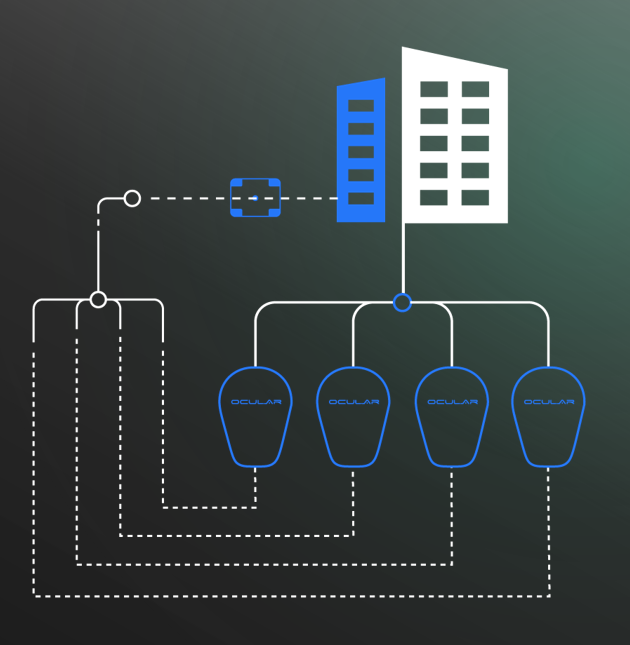

Active load management is more advanced as the management station will analyse all power consumption across the board to optimise usage whereas the static will distribute the desired load limit across chargers in use. Active management is highly recommended for light/ heavy commercial sites and large fleets where other electrical loads must be taken into consideration. Both system provide the ability to control up to 250 Ocular IQ AC Chargers.
Users of the active load management system have the option to utilise existing site solar infrastructure to assist charging. Rather than excess solar passing back to the grid, it can be redirected to the charging station to minimise the use of grid power. With different modes to ensure you are using the correct level of solar for your site’s needs you can achieve your sustainability goals to get greater value for money and charge cleaner. A setup for enduring value in the long haul.
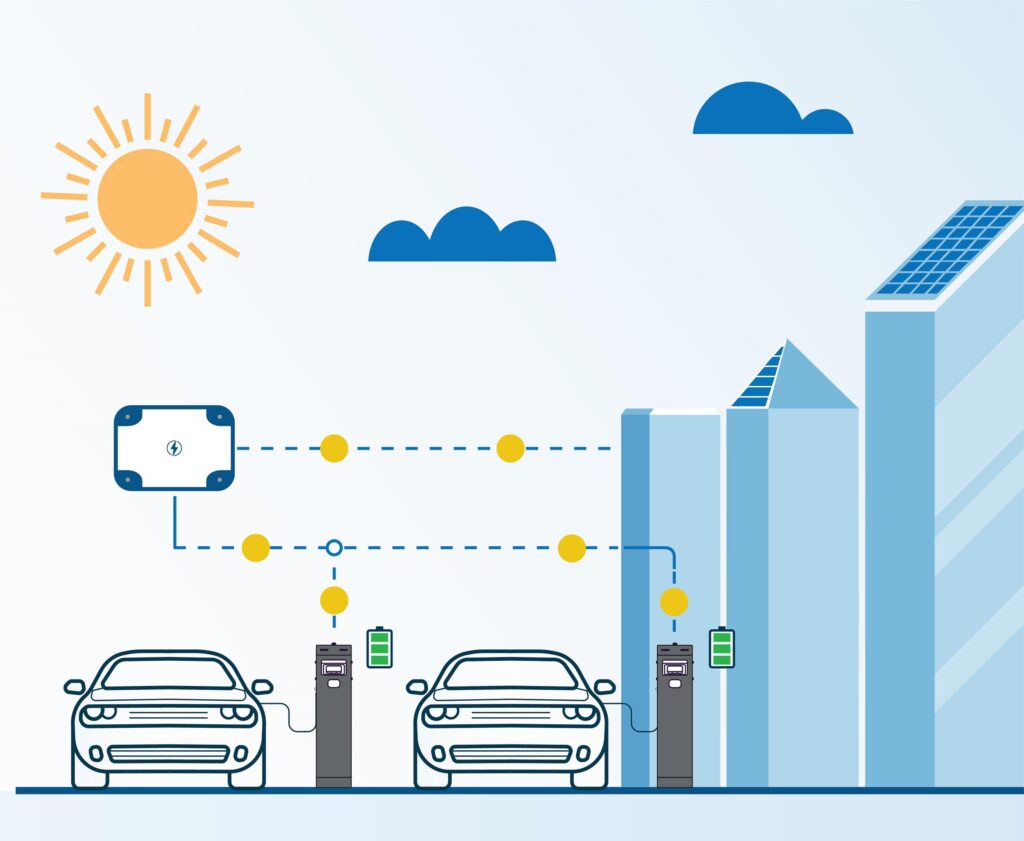
Installation of a load management system will protect the electrical infrastructure of a site without requiring a complete upgrade of a switchboard. Therefore, you can maintain optimal operation of existing and future electrical infrastructure at a cheaper cost than replacing your board.
Both systems aid in reducing energy consumption by reducing overloading of electrical infrastructure. In combination with OCPP software scheduling, there can be significant energy savings.
Managers of the site and charging infrastructure have the ability to control their static or active load management system locally (through Modbus) or via OCPP software (online). This provides more options and greater control.
Our load management solutions can grow as your EV infrastructure does. As the EV market continues to expand, ensure your current solutions are future-proof.
This built in load management system is currently exclusive to our IQ Home Range only
Load management systems optimise your EV charging by harnessing solar energy during peak sunlight hours, reducing reliance on grid electricity. This not only cuts down on energy costs but also maximizes the use of renewable resources, making your home more eco-friendly.
Effortlessly charge your vehicle with the Ocular App:

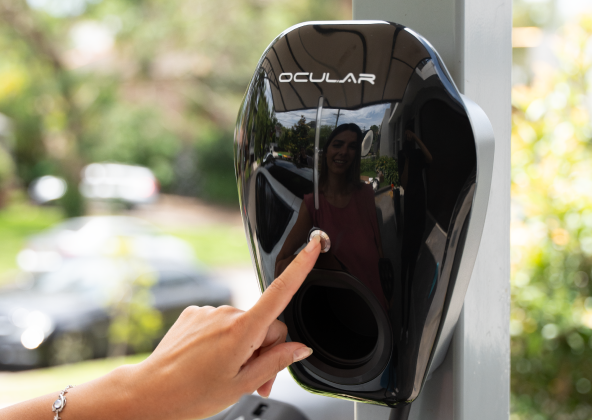
To facilitate the mass adoption of electric vehicles, we must continue to develop technologies that will enable the optimisation of electrical loads. This enables the growth of electric fleets and decreases the total cost of ownership to help accelerate the transition.
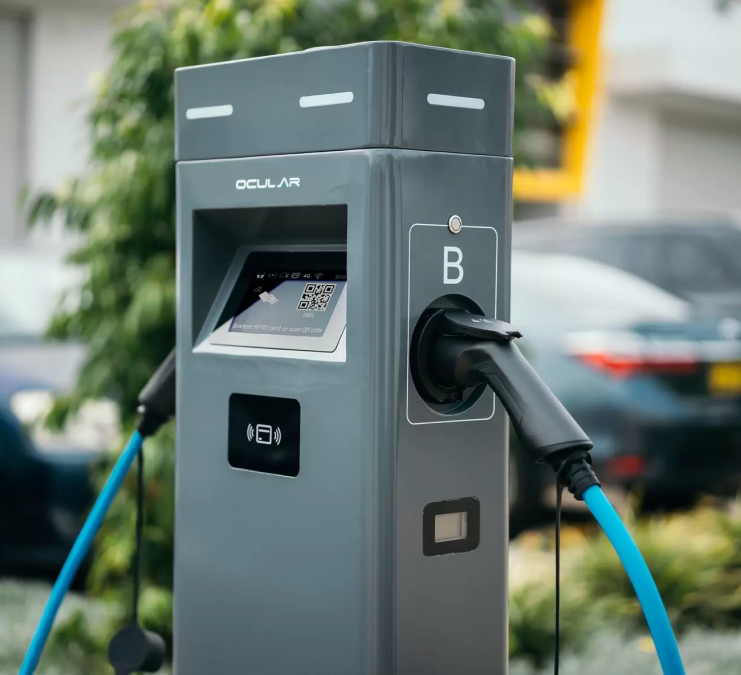
Unlike other brands our technology is inbuilt and ready to go. This means adding load control is a small programming step for static control and an additional controller for Active charging. We can even help you with programming and set up. Nice!
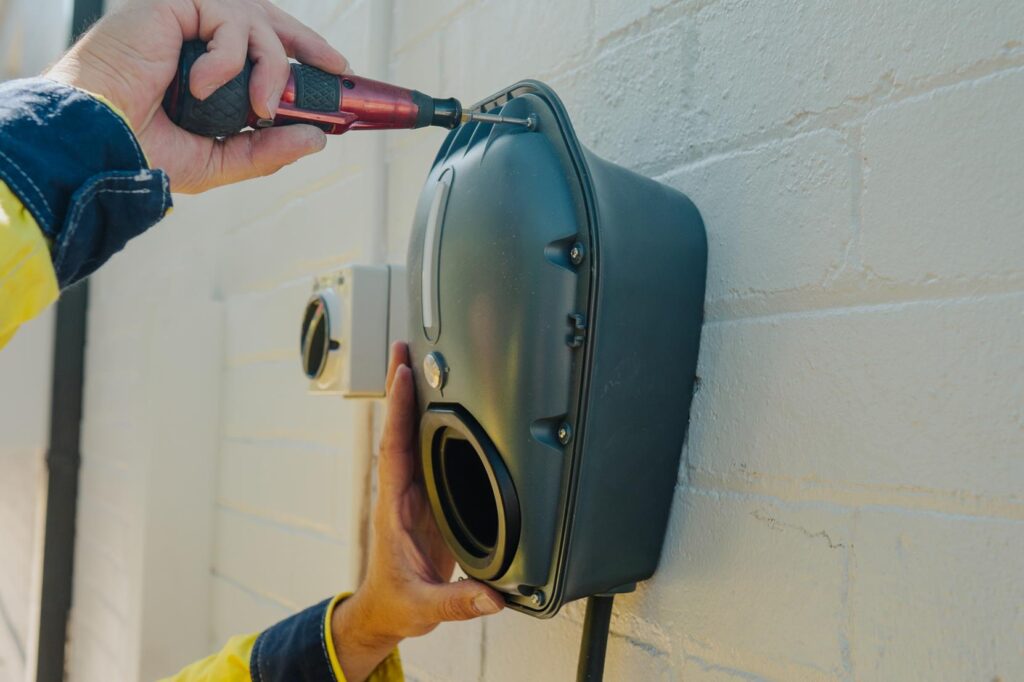
Our load control technology is developed in Australia. This means the system is tested, tried and designed for Australian conditions. We’ve deployed the system for major corporations such as AGL, AutoNexus and developers so you can be confident in it’s success.
What are you looking for?
Newsletter
Be the first to receive the latest OCULAR news, events and product updates.
"*" indicates required fields
Want to be a part of the electric vehicle revolution? We’re looking for the world’s best installers to join our journey and help the much-needed expansion of charging infrastructure around the world.
sales@ocularcharging.com.au 1300 912 650